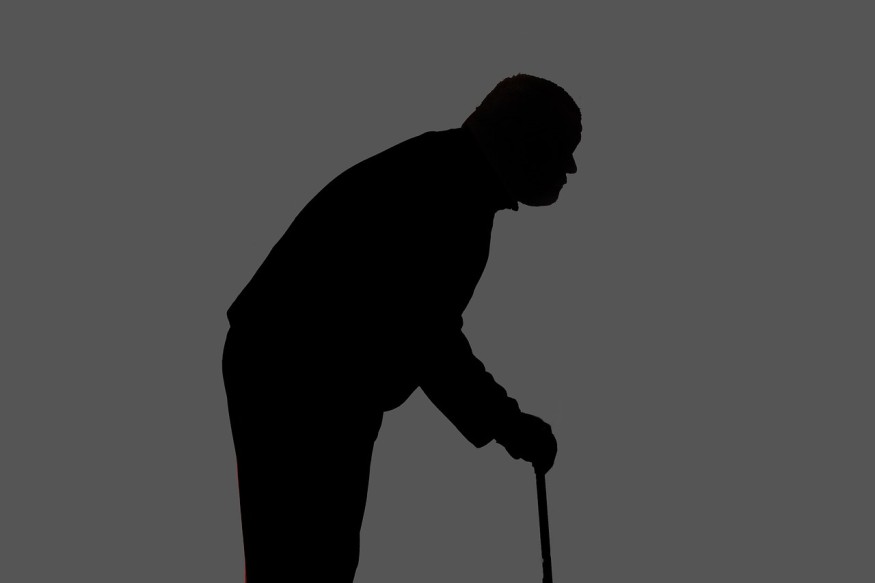Researchers from the University of Central Florida created a new nano-based technology for osteoporosis treatment that uses ultrasound-responsive nanobubbles to deliver the medicine to targeted areas. The team found that it successfully functioned as it should without the side effects associated with conventional treatments, like osteonecrosis and gastrointestinal problems.
According to Phys.org, the new technology is developed by a collaboration between assistant professor Mehdi Razavi and biomedical student Angela Shar as part of the Biomaterials and Nanomedicine Lab's focus on developing tools for diagnostics and therapeutics.

Nano-based Technology A Novel Way to Treat Osteoporosis
The nano-based technology by UCF researchers uses ultra-responsive nanobubbles to deliver osteoporosis treatment to targeted areas of the body. Razavi said that the advantage of their technology is that it requires an ultrasound for bubble disruption and gene delivery.
Researchers noted that the new technology is a viable and safe alternative that treats and prevents the effects of osteoporosis. For example, the nanobubbles carry an osteoporosis-related silencing gene, called cathepsin K small interfering ribonucleic acid (CTSK siRNA), which is a key player in the bone resorption process.
The delivery system also helps slow the release of the treatment and prolong the effectiveness of its silencing mechanism. Each nanobubble encapsulates a gas core and liquid shell made from perfluorocarbon.
Razavi explains that the nanobubbles go into the bone cells and find the gene responsible for osteoporosis and bury the CTSK siRNA, creating a thermodynamically unstable complex that will lead to downregulation or silencing of those genes. The ultrasound parameters can be modified, such as exposure, intensity, frequency, and waveform for a customized treatment for each patient.
Researchers also noted that the technology can be used in cancer and other diseases, like Alzheimer's disease. He pointed out that one of the advantages of nanobubbles is that they can pass through the cell membrane and deliver therapeutics.
The team published their study, titled "A Novel Ultrasound-mediated Nanodroplet-based Gene Delivery System for Osteoporosis Treatment," in the journal Nanomedicine: Nanotechnology, Biology and Medicine.
Osteoporosis Explained
According to Cleveland Clinic, the word osteoporosis means porous bone which means that it has less mass and strength. As the bone weakens, it is at greater risk for sudden and unexpected bone fractures. The disease usually develops without symptoms or pain and is usually only discovered when it causes painful fractures, such as in the hip, wrist, and spine.
About 200 million people in the world suffer from the condition, especially women who are four times more likely to develop osteoporosis than men. At age 50, 1 in 2 two women is at risk of osteoporosis-related fracture in their lifetime, and another 30% have osteopenia or low bone density, which raises their chances of developing osteoporosis.
Experts said that osteoporosis develops even without the patient knowing. The bones are made of growing tissue and a healthy bone would have a sponge-like structure called trabecular bone, while the outer shell wraps around the spongy bone called cortical bone. When holes in the sponge grow larger and more numerous, it weakens the inside of the bone which may result in fractures.
People can normally build more bone up until about age 30, but bone breakdown occurs faster after age 35. After menopause, the rate of bone breakdown occurs even more quickly.
Osteoporosis treatment may include exercise, vitamin and mineral supplements, and medications. Exercise is usually recommended as prevention. Healthcare providers usually work with patients to identify the best treatment for them.
RELATED ARTICLE:
Cancer Treatment: Nanomedicines Improve Drug Delivery, Reduce Toxic Effects of Chemotherapy
Check out more news and information on Nanomedicine in Science Times.
© 2025 ScienceTimes.com All rights reserved. Do not reproduce without permission. The window to the world of Science Times.












